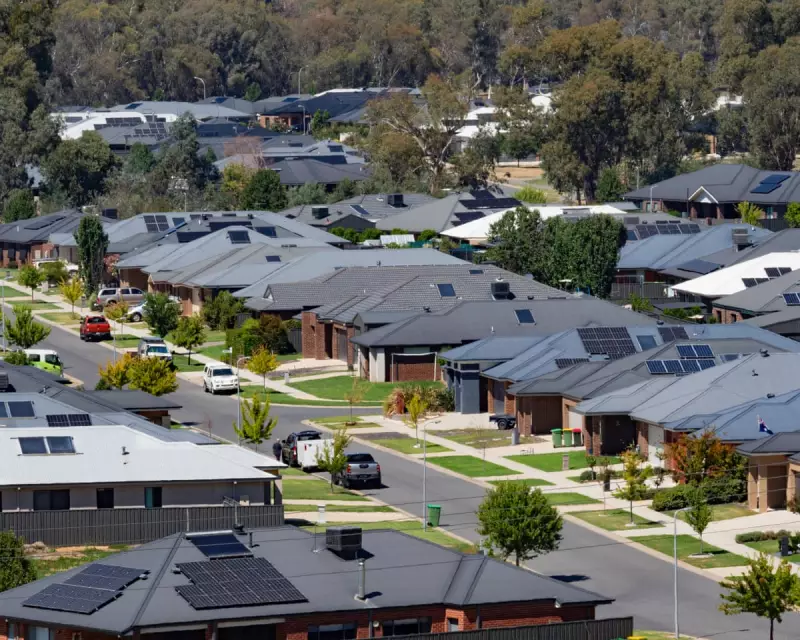
Australian households are facing renewed financial pressure as new data shows inflation has surged unexpectedly, climbing to 3.7% in the year to September and complicating the Reserve Bank's path to interest rate cuts.
Unexpected Inflation Spike Challenges Economic Outlook
The latest Consumer Price Index figures from the Australian Bureau of Statistics reveal a concerning acceleration in price growth, with the annual inflation rate jumping from 3.5% in August. This marks the second consecutive monthly increase and pushes inflation further above the RBA's 2-3% target range.
The quarterly data paints an even starker picture, showing prices rose by 1.3% in the three months to September – significantly higher than the 1.1% increase recorded in the previous quarter and well above market expectations.
Where Households Are Feeling the Pinch Most
Several key categories drove the inflation surge, with everyday essentials taking the heaviest toll on family budgets:
- Food and non-alcoholic beverages: Prices rose 1.9% in the quarter, with fruit and vegetable costs jumping 4.7%
- Housing costs: Rents increased by 2.1% while new dwelling prices rose 1.2%
- Insurance and financial services: Up 3.8% as premium costs continue to climb
- Health expenses: Medical and hospital services increased by 2.3%
- Alcohol and tobacco: Rose 1.8% following excise increases
What This Means for Interest Rates and Your Wallet
The stubborn inflation data dashes hopes of near-term relief from the Reserve Bank, which has maintained the cash rate at 4.35% since November 2023. Financial markets have now pushed back expectations for rate cuts to late 2025 at the earliest.
"This is a significant setback for both policymakers and households," said Sean Langcake, chief economist at Oxford Economics Australia. "The RBA's patience is being tested as inflation proves more persistent than anticipated, particularly in services categories."
The data comes amid growing pressure on Australian families, with mortgage holders facing the dual challenge of high borrowing costs and rising living expenses. The persistent inflation suggests the cost of living crisis may extend well into next year.
Looking Ahead: A Bumpy Road to Economic Stability
While some categories showed modest price declines, including automotive fuel and holiday travel, the broad-based nature of the inflation increase suggests underlying price pressures remain embedded in the economy.
Economists warn that without significant economic cooling, the path back to the RBA's target range could be longer and more challenging than previously hoped, meaning Australian households may need to brace for extended financial pressure.





